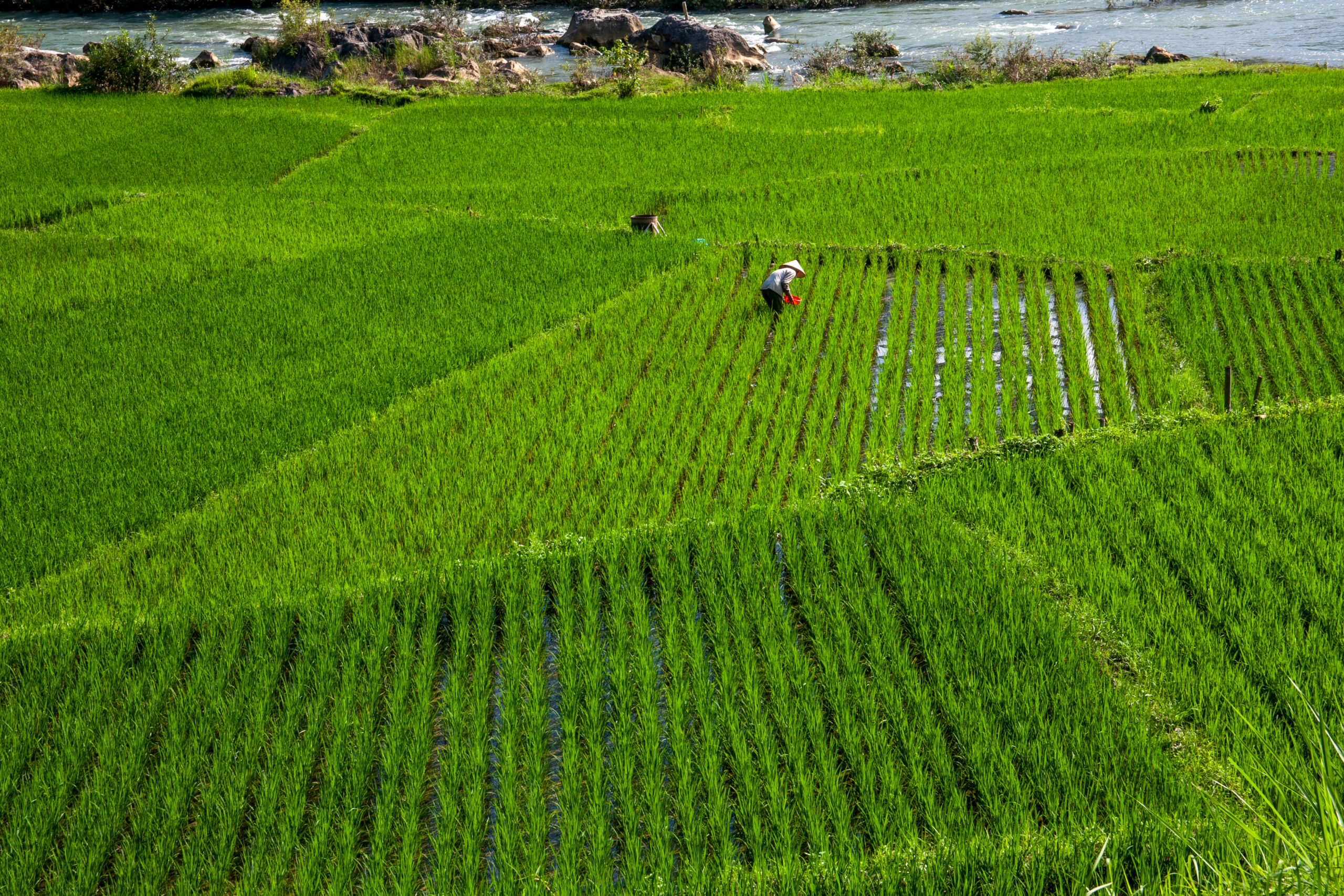Your cart is currently empty!

Rice Paddies in Vietnam: Unveiling the Secrets Behind Asia’s Iconic Landscapes
In the heart of Southeast Asia lies a breathtaking landscape that has captivated travelers for centuries – the rice paddies of Vietnam. These iconic terraced fields not only provide sustenance for the Vietnamese people but also offer a glimpse into the rich agricultural heritage of the region.
Stepping into this picturesque scenery feels like stepping back in time, as farmers continue to utilize traditional farming methods passed down through generations. The lush green fields spread across the countryside, cascading down the slopes of the mountains and creating a gradient of vibrant shades that change with the seasons. It’s a sight that has become synonymous with Vietnam’s cultural identity and has drawn tourists from all corners of the globe. The rice paddies are not just a feast for the eyes, but also a testament to human resilience and ingenuity.
In this article, we delve deep into the secrets behind these mesmerizing landscapes. We’ll explore the history, the techniques used to cultivate the rice, and the ways in which the rice paddies have shaped Vietnam’s cultural and economic landscape. Get ready to immerse yourself in the beauty and intrigue of the rice paddies of Vietnam.
The History and Cultural Significance of Rice Farming in Vietnam

Rice has been cultivated in Vietnam for over 2,000 years, and its significance in Vietnamese culture cannot be overstated. Often referred to as the “staff of life,” rice has been the staple food for generations of Vietnamese people. It played a pivotal role in shaping the country’s history, sustaining its population, and fueling its growth.
Geography and Climate

Vietnam’s rice paddies thrive thanks to the country’s unique geography and climate. Situated in Southeast Asia, Vietnam enjoys a tropical monsoon climate with distinct wet and dry seasons. This climate is ideal for rice cultivation, with the annual rainfall and temperature variations providing the perfect conditions for multiple rice harvests each year.
Traditional Rice Farming Techniques

Traditional rice farming in Vietnam is a labor-intensive process that relies on time-honored techniques. Farmers cultivate both wet rice, grown in submerged fields, and dry rice, which is cultivated in well-drained upland areas. The planting and harvesting of rice are marked by communal rituals and traditions that connect the Vietnamese people to their land and heritage.
The Role of Water Buffalo

Water buffalo, often seen plowing the fields, have been indispensable companions to Vietnamese rice farmers for centuries. These gentle giants play a crucial role in preparing the soil and maintaining the rice paddies. Their strength and endurance are vital for successful rice farming.
The Importance of Rice in Vietnamese Cuisine and Culture

Rice is not just a dietary staple; it is a cultural centerpiece in Vietnam. From steamed rice to rice noodles, it is the foundation of countless dishes. Meals in Vietnam are often referred to as “an com,” which literally means “eat rice,” highlighting its central role in daily life.
The Economic Impact of Rice Farming

Rice farming is not only a cultural cornerstone but also a significant economic contributor to Vietnam. The country is one of the world’s largest rice exporters, and rice farming provides livelihoods for millions of Vietnamese people. It plays a pivotal role in the nation’s economy and international trade.
Challenges and Threats Faced by Vietnam’s Rice Paddies

Despite its enduring importance, Vietnam’s rice paddies face challenges and threats. Climate change, rising sea levels, and urbanization pose risks to the sustainability of rice farming. Addressing these challenges is crucial to safeguarding Vietnam’s rice heritage.
Sustainable Farming Practices and Initiatives
To protect their rice farming traditions and mitigate environmental threats, Vietnamese farmers are adopting sustainable practices. These include organic farming, water management techniques, and crop diversification. Such initiatives aim to strike a balance between tradition and modernity while preserving the environment.
Conclusion: The Beauty and Importance of Rice Paddies in Vietnam
In conclusion, the rice paddies of Vietnam are not merely fields of crops but living testaments to the country’s history, culture, and economic vitality. Their beauty, nurtured by the unique geography and climate, is matched only by their cultural significance and economic importance. By embracing sustainable farming practices and celebrating their rice heritage, the Vietnamese people ensure that this cherished landscape will continue to thrive for generations to come.